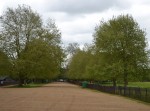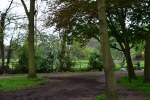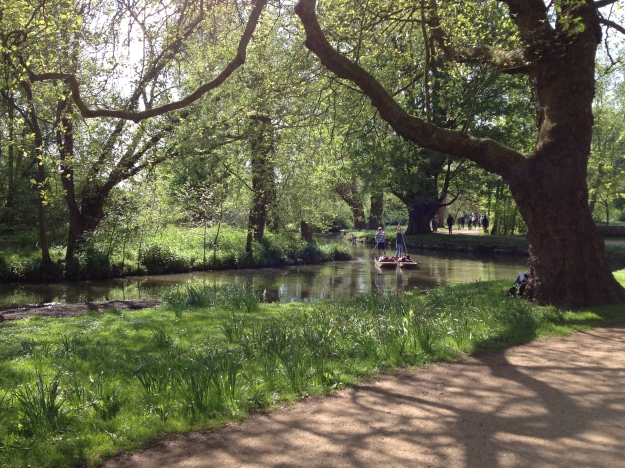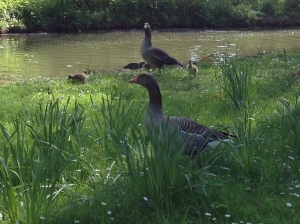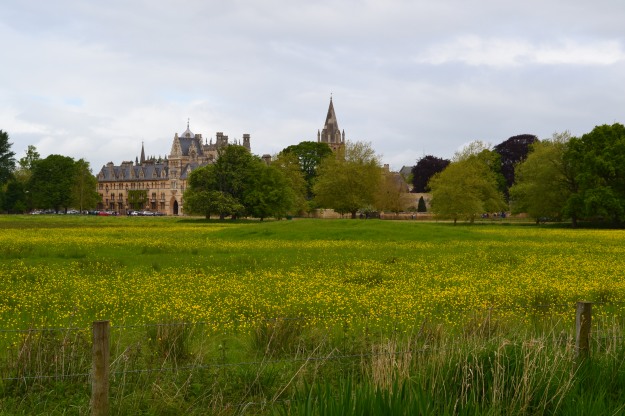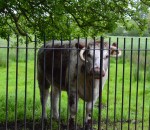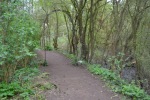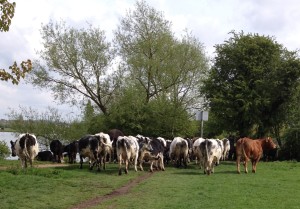One thing on my bucket list is to take salsa dance lessons. And the reason has to do with my inability to let loose and let go and well…not be me. This image of myself as being more English than the English was pretty much reinforced when I took the opportunity to take my first lesson. It’s like when I learned to tap. I tried so hard to express myself on stage. I exaggerated every arm movement. I forced myself to emote. And when I looked at the video of those performances, I realized I am just a stiff-armed, stiff-legged, smiling stick figure! The important things, though, are that I tried salsa and that I learned something about promoting art in the community and tackling homelessness in the process.
Oxford is a fantastic place for experiencing any of the arts. Any day of the week it is easy to find some exhibit, performance, reading, or movie to attend. Last week Brasenose College hosted its annual art week. Plays at the Oxford Playhouse range from propaganda aimed at saving the NHS to the 17th century ‘Tis Pity She’s a Whore. There are readings at Blackwell’s Bookshop. Any type of music performance is available daily. Visual art is widely represented. So, it makes sense that community arts have a place to flourish and that creativity isn’t just available to those with homes and stable mental health.
The city has quite a vibrant street performance culture. I have yet to see a human statue, although there is a bunny who spins on a bike filling Cornmarket with bubbles. The regulars include a fire juggler, a contortionist, and several musicians. One morning I watched a fiddler on a tightrope. On another afternoon a tyrannosaurus terrorized the crowd. The rules for buskers are strict and numerous. They must have a license to perform. They cannot stay in one place for more than an hour and there are designated places where street performers are allowed to set up. There are noise restrictions (no bagpipes, for instance) and they cannot ask for donations.
But it is impossible to navigate many of the main streets without being approached by someone asking for money. It doesn’t appear that there is much done to move these people along, because I pass the same people in the same places every day. There is a man who claims the sidewalk in front of Marks & Spencer. He is a fixture on a blanket accompanied by his dog. He might be selling the Big Issue, but most times he seems to just hang out. It is easy to give money to a performer, yet difficult when someone claims to be hungry or homeless. Is it a scam or are they truly in need? The city launched the Your Kindness Could Kill campaign, encouraging locals to give money to organizations rather than beggars, noting that it contributes to the problem of homelessness and it discourages those with addiction and mental health problems to get the help they need. It is hard to keep tourists and visitors or even students from giving money. Oxford participates in another initiative, No Second Night Out, which aims to find accommodations for rough sleepers.
Oxford, like other cities, does have a very visible homeless population. The statistics for homelessness are a bit complicated with classifications of rough sleepers, non-statutory homeless, and statutory (those people the authorities are required to help find housing for). Sometimes it is hard to tell who is actually homeless when you are in a very popular tourist destination, but they gather near St. Giles churchyard or around the monument to the martyrs as darkness falls. There’s a group of men with their dogs that hang out regularly near the Thames in Christ Church Meadow. There is a larger concern for sixteen and seventeen year old teens who have been kicked out of their family homes. This is the population the charities and city hope to get off the streets and into a stable environment.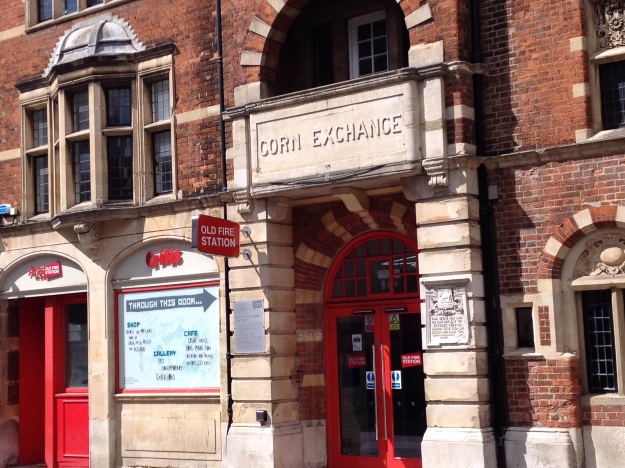
Arts at the Old Fire Station, is an organization that promotes new works by budding performers, writers, and artists and provides space for community dance classes, as well as a gallery and a shop to sell original artwork. There’s a theater for regular performances. That’s where the salsa class is held.
The building is also occupied by Crisis, a charity that aims to help the homeless interact with the community and provides resources and job-training. It runs the Skylight Café which gives on-the-job training for people and provides another place for the homeless to participate in the community.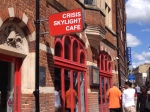 The café also acts as a gallery to showcase artist’s work. Besides sharing the building with Crisis Skylight, the arts enterprise partners with the homeless organization by providing opportunities for ushers and backstage help. In 2013, writers and performers, including those from the homeless community, collaborated on a piece called “Hidden Spires”. I suppose the Old Fire Station is much like a YMCA, but instead of a swimming pool and karate classes, it focuses on art-based community projects. Arts at the Old Fire Station and Crisis Skylight are dedicated to:
The café also acts as a gallery to showcase artist’s work. Besides sharing the building with Crisis Skylight, the arts enterprise partners with the homeless organization by providing opportunities for ushers and backstage help. In 2013, writers and performers, including those from the homeless community, collaborated on a piece called “Hidden Spires”. I suppose the Old Fire Station is much like a YMCA, but instead of a swimming pool and karate classes, it focuses on art-based community projects. Arts at the Old Fire Station and Crisis Skylight are dedicated to:
- Great art for the public
- Professional development of artists
- Building the confidence and skills of homeless people
This enterprise is in its infant stages, but it seems to be gaining a solid hold in the area near Gloucester Green. If the attendance for the Zumba class and the Salsa class are any indication of support from the community, then Arts at the Old Fire Station will meet its mission statement.
How does this relate to the Oxford community? It was a varied group of people attending the salsa class. When asked about themselves, they seemed a bit surprised at my questions. One young man, ‘H’, stated, “I’m from Oxford.” Each time I asked, he gave me the same answer. His friend, ‘M’, said he had just joined the working professional class of Oxford. A woman came from a suburb of Oxford, because she liked the drop-in aspect of the class. The ages of the participants ranged from 20 to 65. But the language of dance united everyone. I suppose that is what brings students, immigrants, locals and even tourists together – the urge to learn something new or see what it’s about. And for people who might feel a bit isolated in their regular lives, salsa provides that human contact in an arm around the waist, holding hands, a chance to look into someone’s eyes. You learn someone’s name. The morning after my first lesson, I rode my bike up to Wolvercote Cemetery. In the middle of a busy road, on the pedestrian island, I bumped into a woman I had met the night before in the salsa class. Arts in the community makes a difference.
I plan on dropping in on another class. Even though I may never learn to swing my hips, locking eyes with my partner after a twirl…well, let’s say, it’s worth another lesson.

